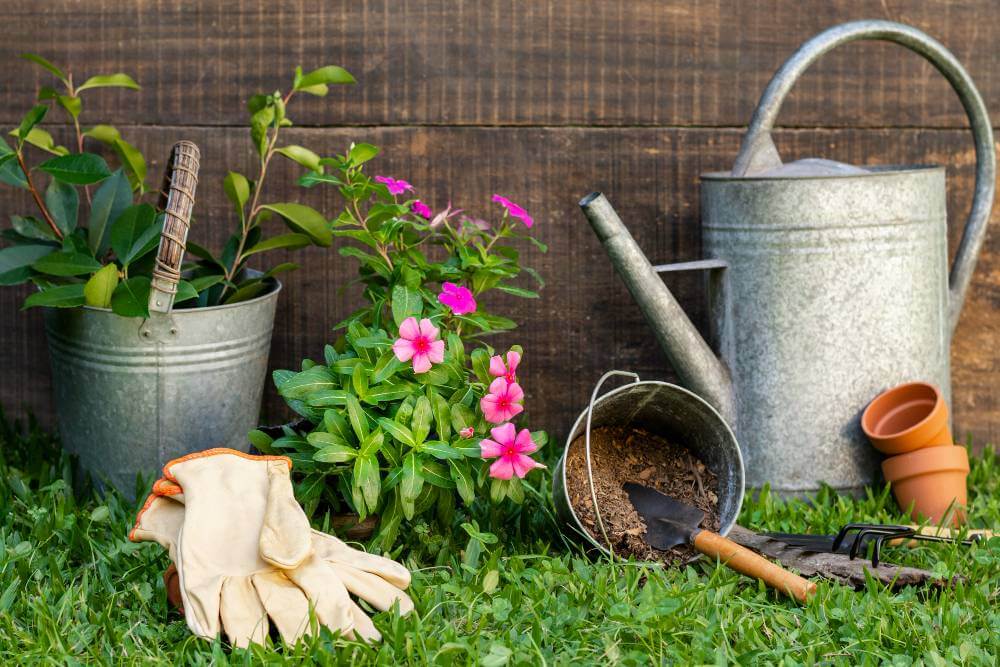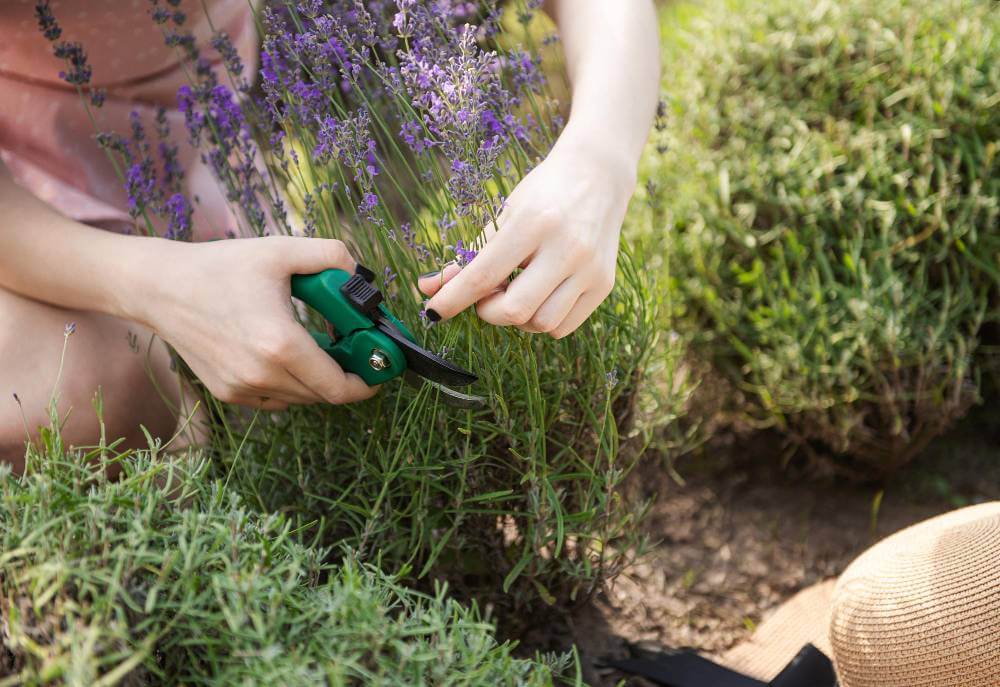In the realm of gardening, one of the perennial debates revolves around the idea of planting herbs alongside flowers. Some swear by the practice, touting the benefits of companion planting, while others caution against it, citing potential pitfalls. As a seasoned gardener and avid enthusiast myself, I’ve delved into this topic to uncover the dos and don’ts of mixing herbs with flowers.
Let’s explore the arguments on both sides of the spectrum and shed light on what truly works best in the herb garden with flowers.
Embracing the Harmony: Advantages of Companion Planting
Picture this: a vibrant garden bed adorned with an array of herbs and flowers, each complementing the other in perfect harmony. This picturesque scene isn’t just a figment of imagination; it’s the beauty of Companion planting in action.
One of the key advantages of combining herbs with flowers lies in the symbiotic relationship they share. Herbs like basil, lavender, and chamomile not only add a pop of color and fragrance to the garden but also serve as natural pest repellents, protecting neighboring flowers from harmful insects. Moreover, certain herbs, such as mint and lemon balm, can enhance the flavor and aroma of nearby blooms, creating a sensory delight for both humans and pollinators alike.
On top of that, Companion planting promotes biodiversity within the garden ecosystem, fostering a healthier and more resilient environment. By intermingling herbs and flowers, gardeners can attract a diverse range of beneficial insects, such as bees, butterflies, and ladybugs, which play crucial roles in pollination and pest control. This ecological balance not only boosts the overall productivity of the garden but also contributes to the overall well-being of the surrounding ecosystem.
Navigating the Challenges: Disadvantages of Companion Planting
While the concept of Companion planting may sound like a utopian gardening dream, it’s not without its challenges and potential drawbacks. One of the primary concerns revolves around competition for resources, such as water, nutrients, and sunlight, among herbs and flowers. Some herbs, like rosemary and thyme, prefer drier soil conditions, while certain flowers, such as petunias and marigolds, thrive in moist environments. This disparity in preferences can lead to uneven growth and vitality within the garden bed, resulting in overcrowding and stunted development.
Another issue to consider is the risk of allelopathy, wherein certain herbs release chemicals that inhibit the growth of nearby plants, including flowers. For instance, mint and oregano are known to produce allelopathic compounds that can hinder the germination and growth of sensitive flowers. Additionally, some herbs, like dill and fennel, have aggressive root systems that may outcompete neighboring flowers for space and resources, leading to diminished growth and vigor.
Perfect Pairings: 7 Winning Combinations of Herbs and Flowers
- Lavender and Roses: Lavender’s aromatic foliage and delicate purple blooms make it a perfect companion for roses. Not only does lavender attract pollinators like bees and butterflies, enhancing rose pollination, but its strong scent also repels pests that may harm roses. Additionally, the contrasting heights and textures of these two plants create visual interest in the garden bed, while their shared preference for well-drained soil ensures harmonious coexistence.
- Basil and Marigolds: The pairing of basil and marigolds isn’t just about aesthetics; it’s also a strategic move for pest management. Basil’s strong aroma can help deter pests like aphids and mosquitoes, while marigolds release compounds that repel nematodes and other soil-borne insects. Together, they form a formidable barrier against common garden pests, promoting the health and vitality of nearby plants.
- Chamomile and Cosmos: Chamomile’s delicate daisy-like flowers and feathery foliage contrast beautifully with the vibrant blooms of cosmos. Beyond their visual appeal, these two plants share similar growing conditions, thriving in full sun and well-drained soil. Chamomile’s calming fragrance can also enhance the sensory experience of the garden, while the cosmos’ long-lasting blooms attract beneficial insects like hoverflies and parasitic wasps.
- Thyme and Alyssum: The low-growing habit of thyme pairs perfectly with the trailing nature of alyssum, creating a lush carpet of greenery dotted with tiny white flowers. Thyme’s aromatic foliage not only adds flavor to culinary dishes but also acts as a natural weed suppressor, keeping the garden bed tidy and weed-free. Meanwhile, alyssum’s sweet fragrance and nectar-rich blooms attract pollinators, ensuring ample visits from bees and butterflies.
- Dill and Sunflowers: Dill’s feathery foliage and delicate yellow flowers provide a striking contrast to the towering presence of sunflowers. This dynamic duo not only adds visual interest to the garden but also serves as a magnet for beneficial insects. Dill attracts beneficial insects like ladybugs and lacewings, which prey on garden pests like aphids and caterpillars, while sunflowers offer a plentiful supply of pollen and nectar for bees and other pollinators.
- Sage and Echinacea: Sage’s aromatic foliage and purple blooms make it an excellent companion for echinacea. Both plants thrive in full sun and well-drained soil, making them ideal companions in the garden. Sage’s strong scent helps deter pests like cabbage moths and carrot flies, while echinacea’s nectar-rich flowers attract beneficial insects such as bees and butterflies. Together, they create a dynamic duo that not only adds beauty to the garden but also supports pollinator populations and promotes overall garden health.
- Oregano and Geraniums: Oregano’s low-growing habit and aromatic leaves make it a perfect match for geraniums. Both plants prefer similar growing conditions, thriving in sunny locations with well-drained soil. Oregano’s strong fragrance can help repel pests like aphids and spider mites, while geraniums’ colorful blooms attract pollinators such as bees and butterflies. Additionally, the dense foliage of both plants can help suppress weeds, creating a tidy and thriving garden bed.
Incorporating these seven combinations of herbs and flowers into your garden not only adds beauty and diversity but also fosters a thriving ecosystem where plants support and enhance each other’s growth.
Recap
By carefully selecting compatible combinations of herbs and flowers, gardeners can reveal the full potential of their garden beds, fostering a vibrant and resilient environment where plants complement and support each other’s growth.
Ready to dive deeper into the world of gardening? Check out my blog for more tips, tricks, and inspiration to elevate your gardening game!







